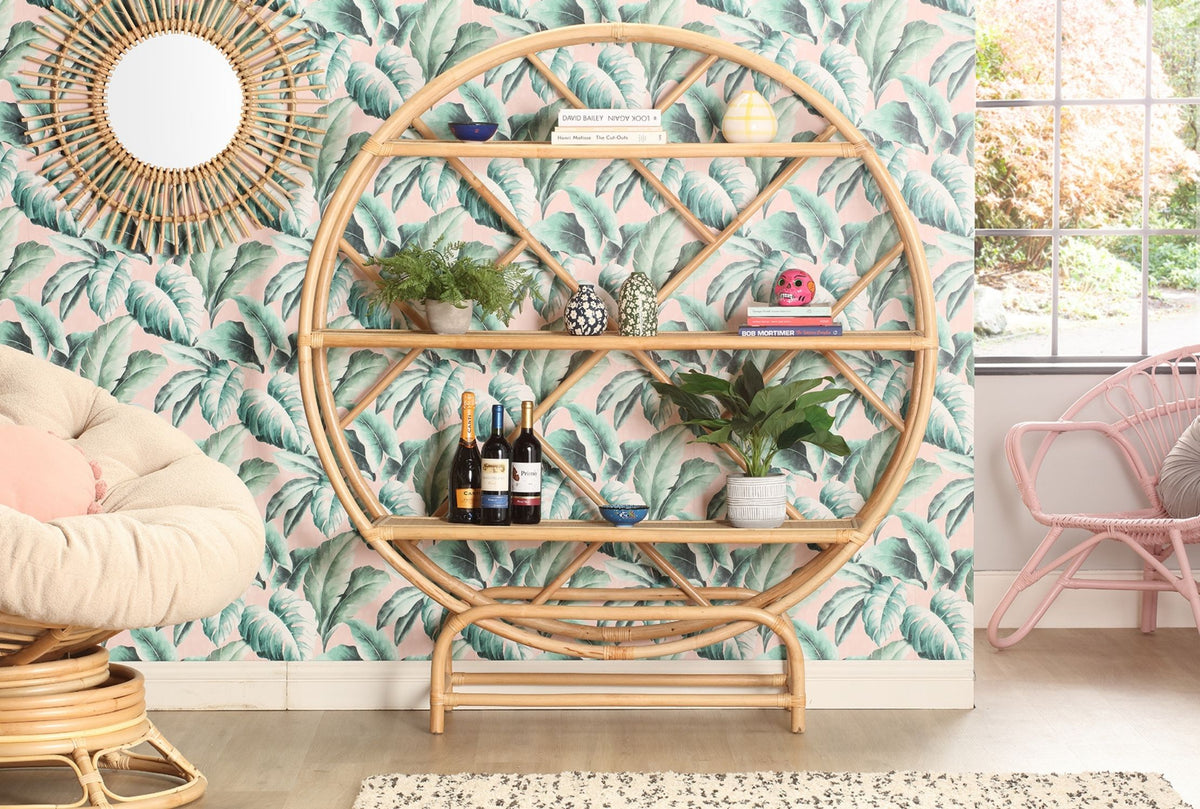1. Rapid Growth Rate
Fast Maturity: Rattan grows much faster than most hardwood trees growing at a high rate of 2-3cm per day whilst reaching maturity in 5 to 7 years compared to decades for trees.
Renewable Resource: The rapid regrowth makes rattan a renewable resource, allowing for frequent harvests without depleting the supply and is ready to harvest in just 2 years
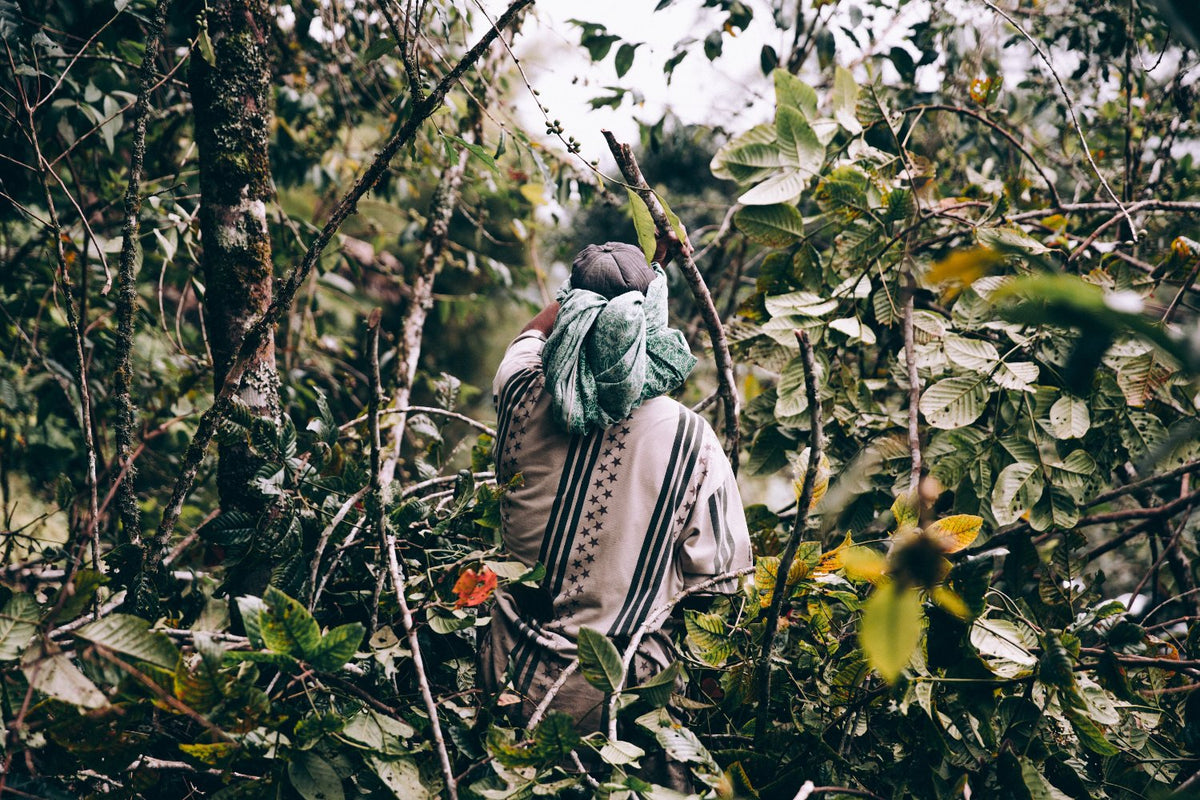
2. Minimal Land Use
Climbing Plant: Rattan is a climbing palm that grows vertically and can only exist by growing against established trees and tropical terrain. This allows it to be cultivated in forested areas without needing to clear large tracts of land.
Forest Compatibility: Rattan cultivation can coexist with existing forests, promoting biodiversity and preventing deforestation. In fact, the farming of rattan encourages the preservation of the rainforest, providing a habitat for endangered animals and converting CO2 into clean air.
3. Low Environmental Impact
Reduced Carbon Footprint: The cultivation of rattan involves low energy input, and its rapid growth aids in carbon sequestration, helping to reduce the overall carbon footprint.
Biodegradable: As a natural material, rattan is biodegradable, which means it decomposes naturally, reducing landfill waste.
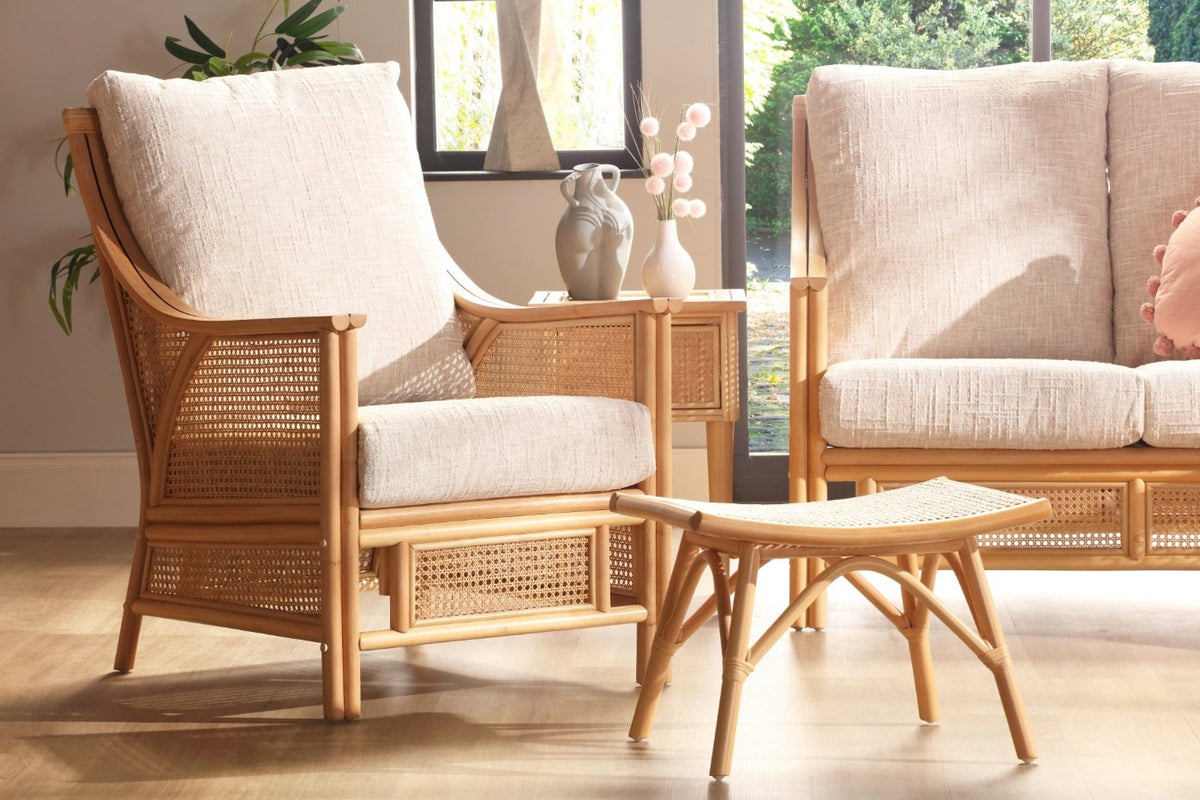
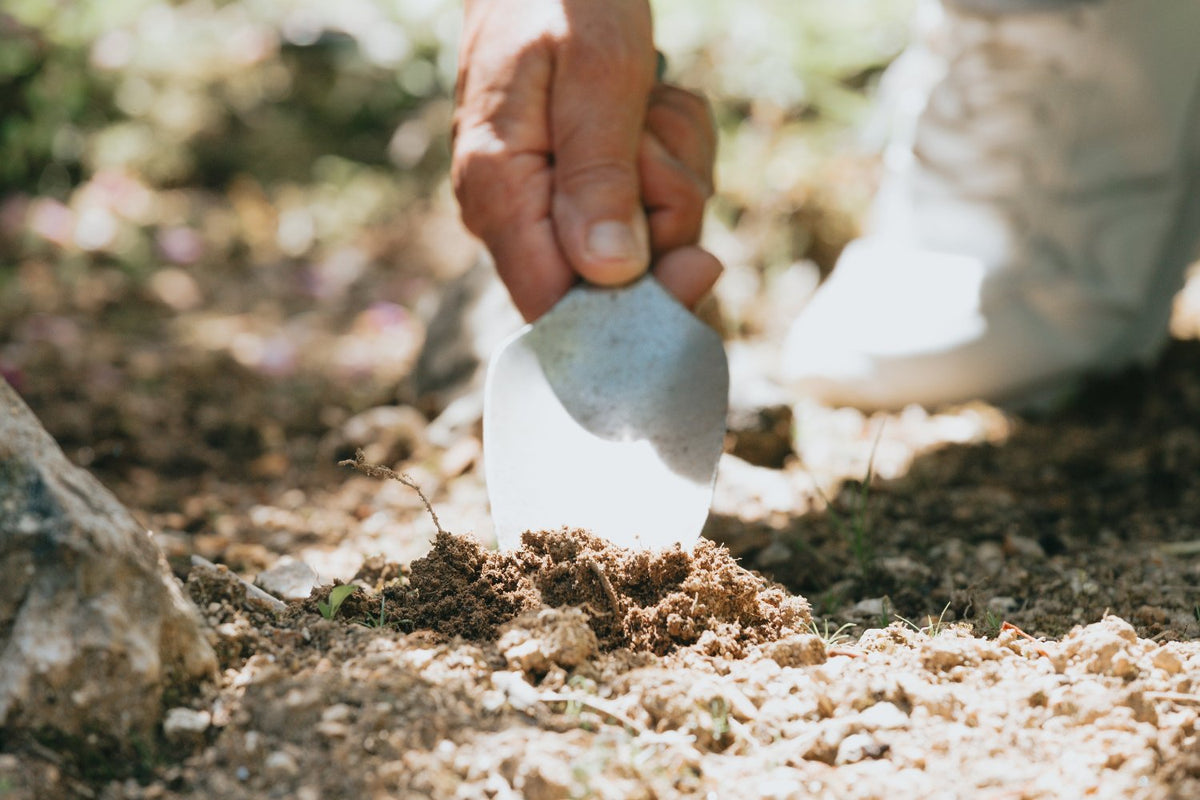
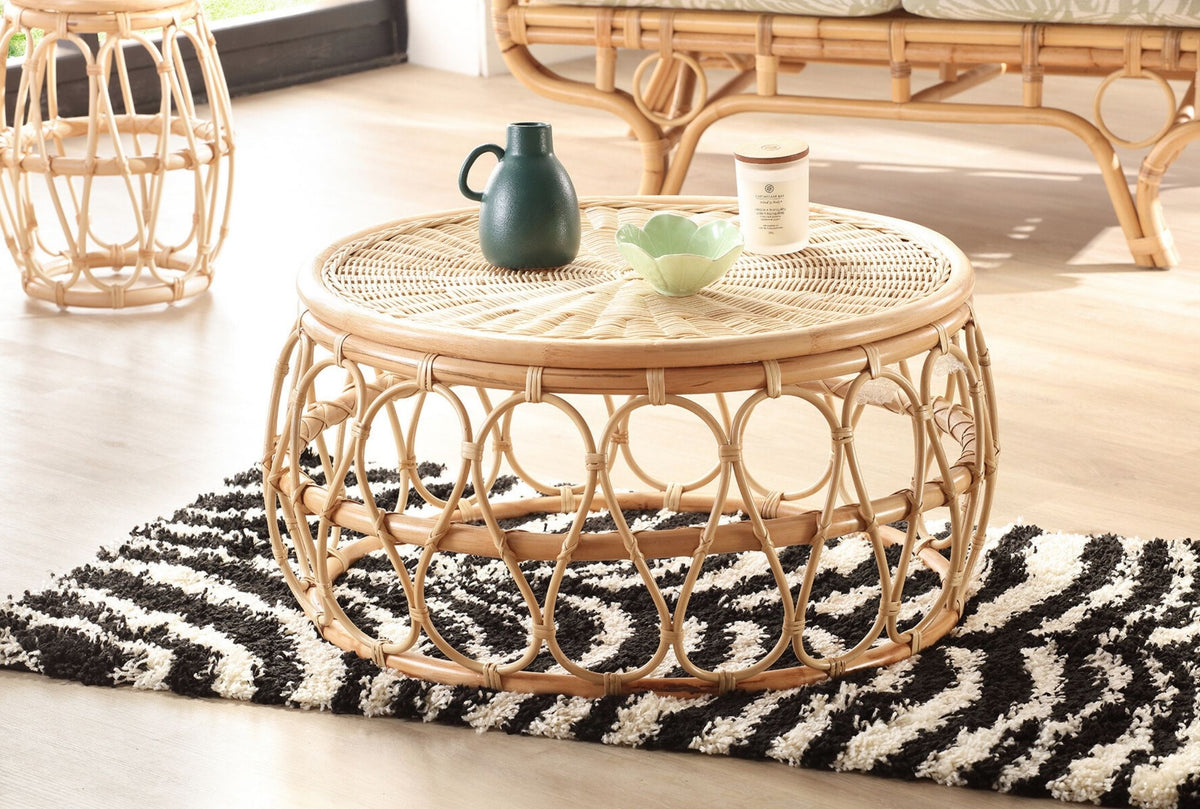
4. Harvesting Benefits
Non-destructive Harvesting: Rattan can be harvested without killing the plant. Only the stems are cut and the tip of the vine is replanted so the plant can grow again and protect the forest from degradation
Promotes Forest Preservation: Because rattan grows in forests, its economic value can encourage the preservation of forests and discourage deforestation for other land uses like agriculture or logging.
5. Economic and Social Benefits
Livelihood for Communities: Rattan farming also provides a reliable income for some of the poorest people living on the fringes of the forests, helping generate employment and build communities in these areas and supports traditional lifestyles and crafts.
Empowerment of Local Economies: The rattan industry offers jobs in harvesting, processing, and crafting, thus boosting local economies.



